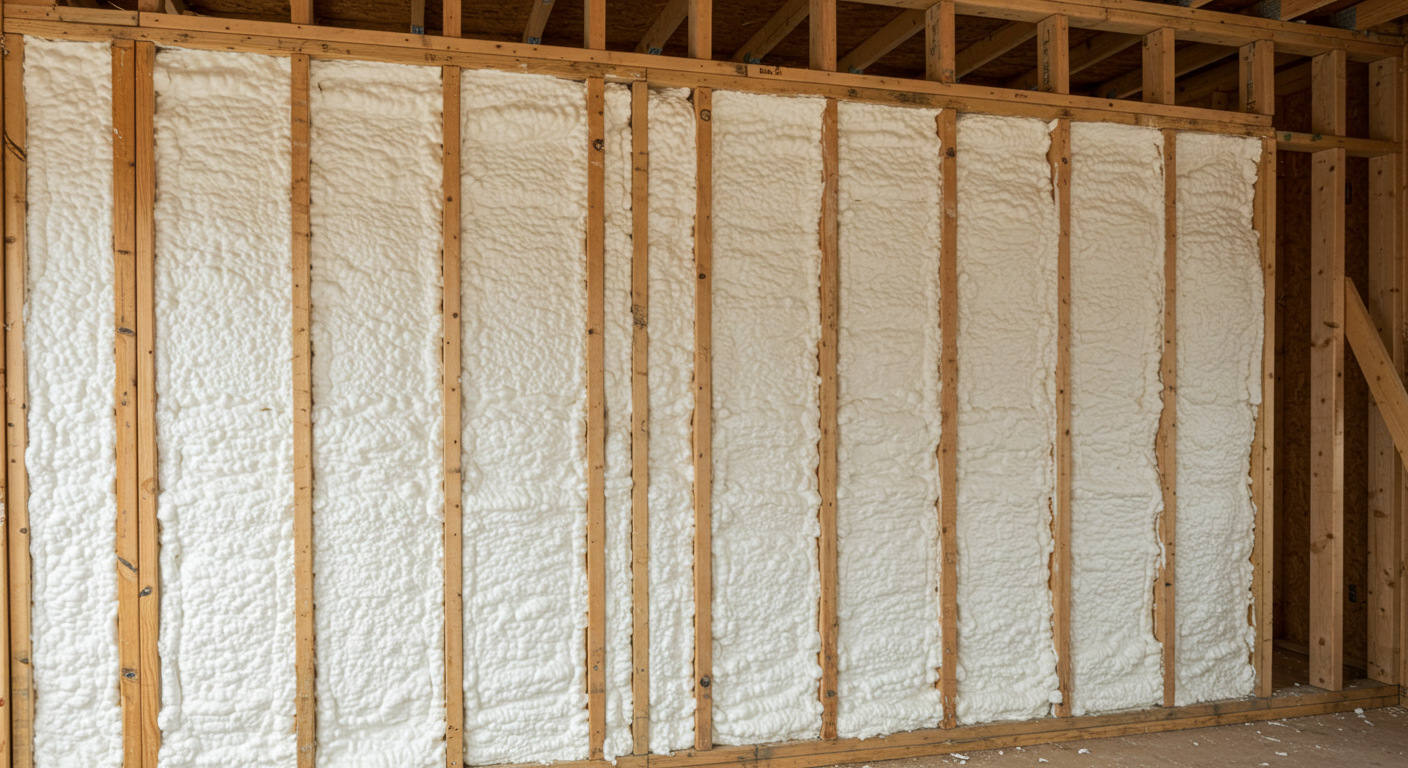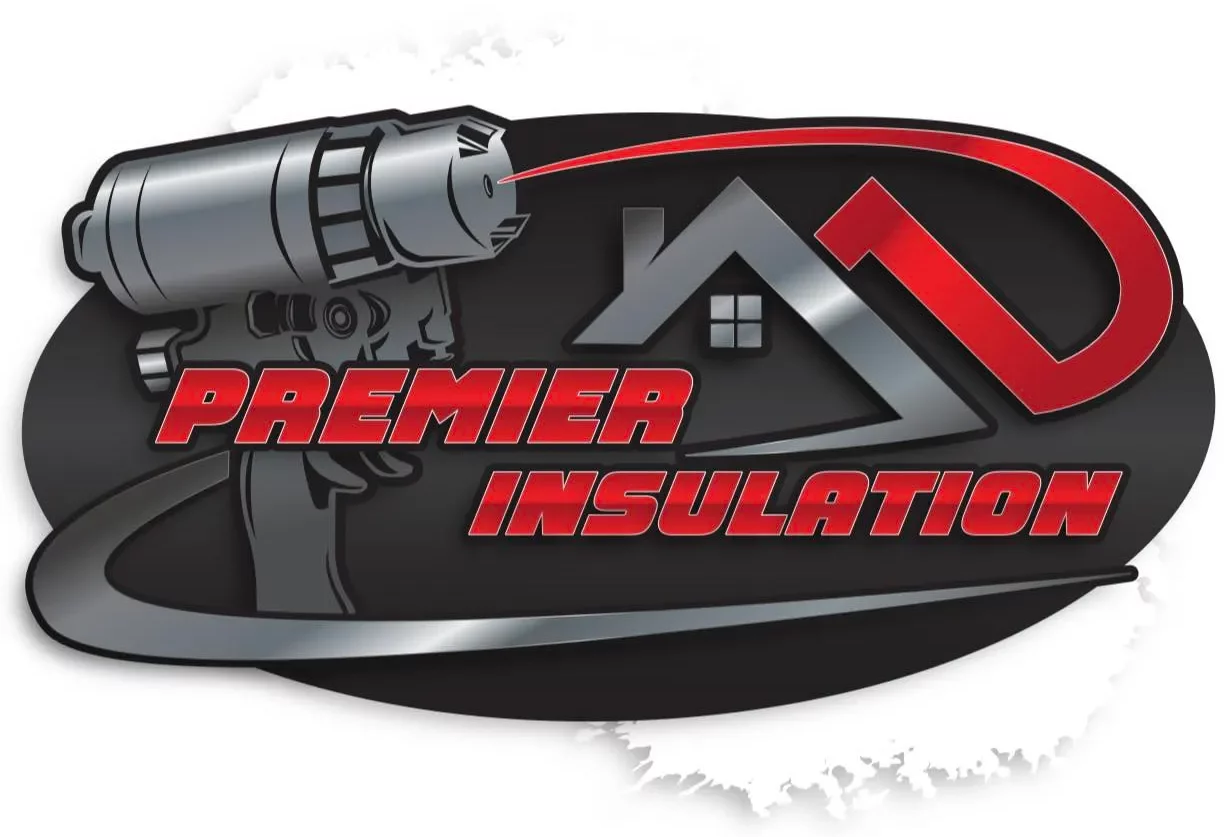Spray foam insulation often carries misconceptions that lead homeowners and business owners in Leon County, FL to make misinformed decisions. One common myth is that spray foam traps moisture and causes mold. In reality, when installed correctly, spray foam provides a moisture barrier that reduces the risk of mold. Another widespread misunderstanding is that spray foam isn’t effective in hot, humid climates like North Florida. In fact, it performs well in such conditions by minimizing air infiltration and thermal bridging.
This article addresses the most common myths, presents factual data, and explains spray foam insulation performance in Leon County’s climate. The information is based on field experience with various insulation products and installation scenarios across residential, commercial, and agricultural properties. Every insight comes from direct application in regional conditions, including interactions with building inspectors and property owners.
Common Misconceptions About Spray Foam Insulation
| Myth | Reality |
|---|---|
| Spray foam causes mold | Properly installed spray foam acts as an air and moisture barrier, reducing mold risk |
| Not suitable for humid climates | Performs efficiently in humid regions by controlling air flow and condensation |
| Too expensive to justify | Upfront cost is higher, but long-term energy savings often offset installation costs |
| All spray foam is the same | Open-cell and closed-cell foams differ significantly in application and performance |
| Spray foam makes a home too airtight | Proper ventilation systems ensure balanced indoor air quality |
Bonus Tip
Building codes in Leon County often require proper ventilation or mechanical systems when using closed-cell foam insulation. Always verify compliance before installation.
Technical Specifications and Comparisons
| Type | R-Value (per inch) | Water Resistance | Sound Absorption | Application Area |
|---|---|---|---|---|
| Open-Cell Spray Foam | ~3.5 | Low | High | Interior walls, ceilings |
| Closed-Cell Spray Foam | ~6.5 | High | Moderate | Exterior walls, roofs, foundations |
| Blown-In Cellulose | ~3.5 | Moderate | Moderate | Attics, wall cavities |
| Fiberglass Batts | ~3.2 | Low | Low | Standard framing spaces |

Regional Climate Impact on Spray Foam Performance
Leon County’s high humidity, warm temperatures, and seasonal storms influence insulation effectiveness. Spray foam, especially closed-cell, prevents humid air from entering conditioned spaces. This reduces HVAC load, controls moisture, and limits mold growth. Homes with vented attics benefit from open-cell foam due to its vapor permeability and sound-dampening properties.
In flood-prone zones, closed-cell foam provides additional protection by resisting water intrusion and maintaining structural integrity.
Bonus Tip
In areas with high termite activity, confirm compatibility of spray foam with termite inspection requirements. Closed-cell foam may limit visibility of termite tunnels.
Market Data and Research-Based Insights
- A study by the Florida Solar Energy Center found that spray foam reduced cooling energy use by up to 20% in North Florida homes (FSEC Report #FSEC-CR-1785-11).
- The U.S. Department of Energy estimates that air leakage accounts for 25-40% of energy used for heating and cooling a typical home (energy.gov).
- A 2023 regional building audit in North Florida revealed that homes with properly installed spray foam insulation had 30% fewer moisture-related repairs compared to those with batt insulation.
Things to Consider Before Making a Decision
- Building Age and Construction Type: Older homes may require additional prep work or removal of existing insulation.
- Ventilation System Compatibility: Spray foam can reduce natural ventilation, so evaluate HVAC capacity.
- Budget vs. Payback: While spray foam has a higher upfront cost, its thermal efficiency lowers long-term energy expenses.
- Inspection and Maintenance: Closed-cell foam requires thoughtful planning for future inspections (pest or structural).
Key Services Available for This Topic
Premier Insulation GA offers region-appropriate insulation solutions for property owners in Leon County:
- Open-Cell Spray Foam Insulation Ideal for interior use in walls and ceilings where breathability and sound absorption are priorities.
- Closed-Cell Spray Foam Insulation Best suited for exterior applications, including crawl spaces and roofing systems where structural support and moisture resistance are needed.
- Insulation Removal Safe and thorough removal of outdated or damaged insulation prior to spray foam application.
- Air-Sealing Critical preparation service that ensures spray foam performs at maximum efficiency by eliminating hidden air leaks.
Common Questions People Ask Before Choosing Spray Foam
How long does spray foam insulation last?
Properly installed spray foam lasts 20+ years without losing insulation value or requiring replacement.
Is spray foam safe to use indoors?
Once cured, spray foam is inert and safe. Ensure proper ventilation during installation.
Can spray foam be applied over old insulation?
Old insulation must be removed for optimal adhesion and performance.
Will it make my home too airtight?
Balanced HVAC systems with ventilation options resolve any over-sealing concerns.
Get Expert Insulation Guidance
For help evaluating insulation options or debunking more myths, contact Premier Insulation GA.
Phone: (229) 554-3939 Email: info@premierinsulationga.com
FAQ Section
What maintenance is required after installing spray foam?
Minimal maintenance is needed. Periodic HVAC inspections are recommended to ensure balanced airflow.
Can spray foam be repaired if damaged?
Yes. Small areas can be re-sprayed or patched without replacing entire sections.
How does spray foam respond to hurricanes or storm exposure?
Closed-cell foam improves structural rigidity and water resistance, providing added protection in storms.
Does spray foam attract pests?
Spray foam is not a food source and does not attract rodents or insects.
Can it reduce noise from outside?
Open-cell spray foam offers excellent soundproofing for interior and exterior walls.


